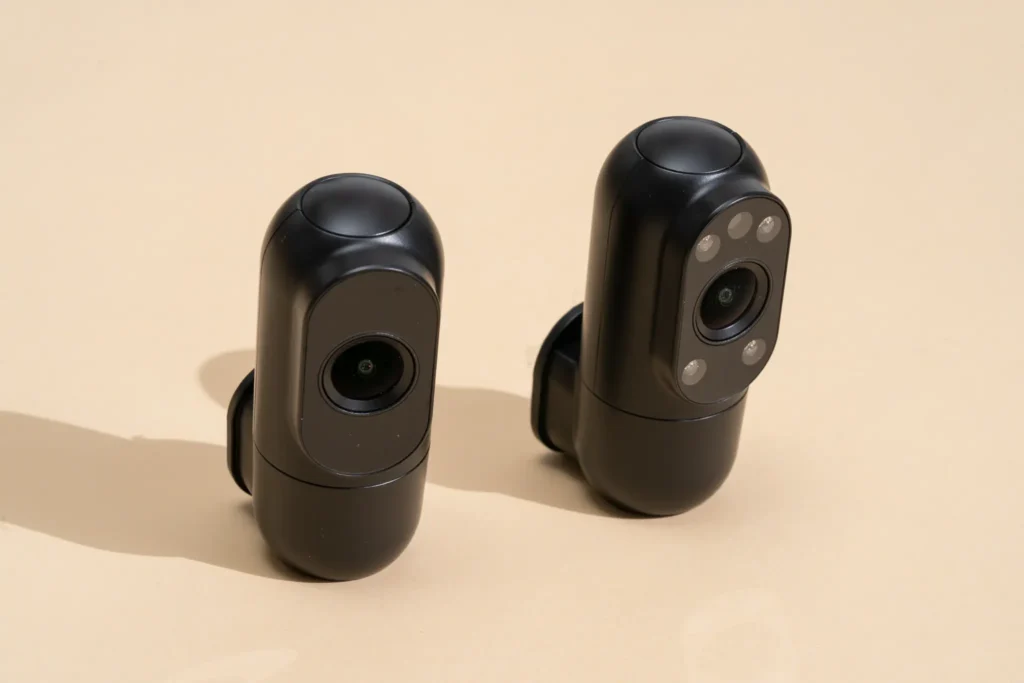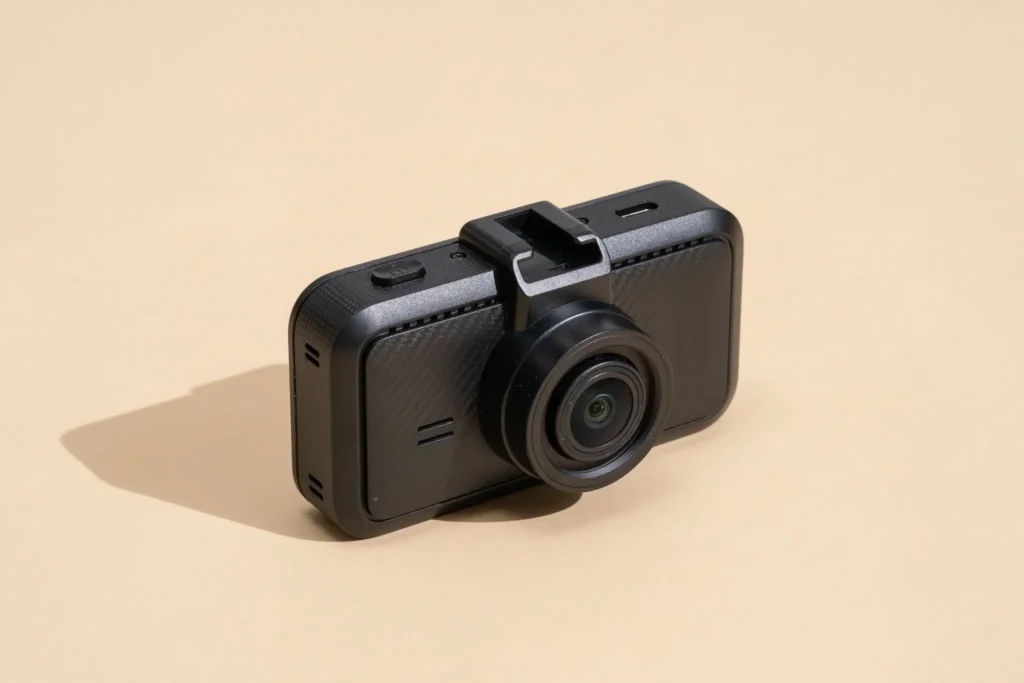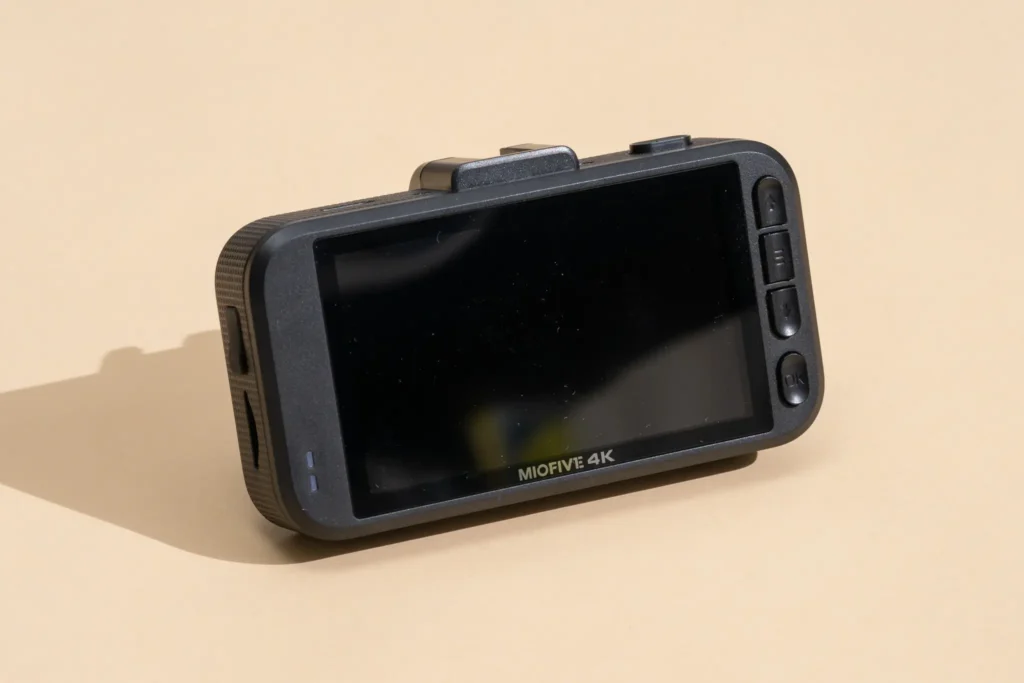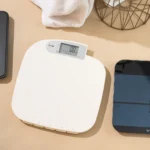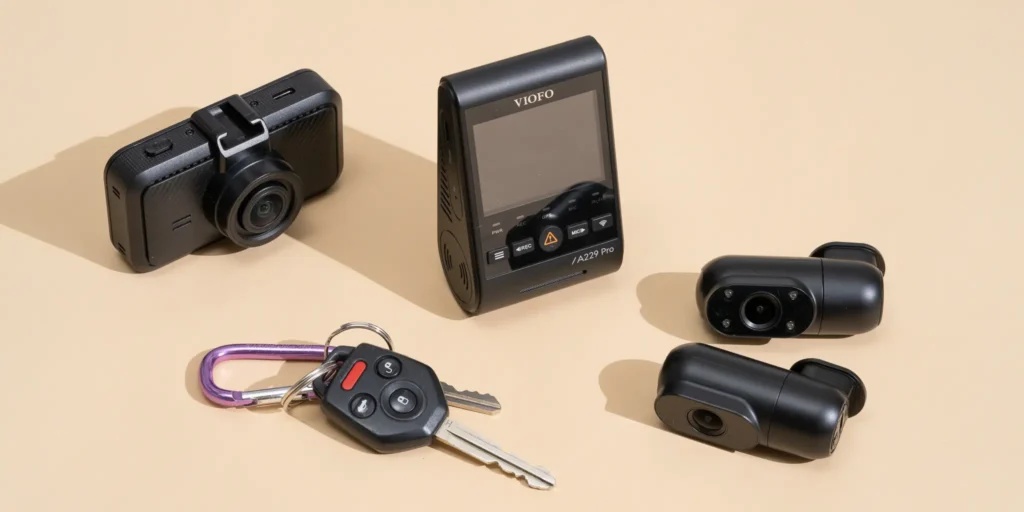
Life can be unpredictable, and without a dash cam, you might miss capturing key moments during an incident. Accidents, even minor ones, can be stressful, and being wrongly blamed can make it worse. That’s why having a dash cam is important.
After reviewing over 400 models and testing 61, the Viofo A229 Pro stands out as the best overall. It offers sharp 4K video, is user-friendly, and includes valuable features like GPS and 24-hour parking monitoring. Available in 1-, 2-, and 3-channel versions, it’s perfect for different needs.
Everything we recommend
Viofo A229 Pro
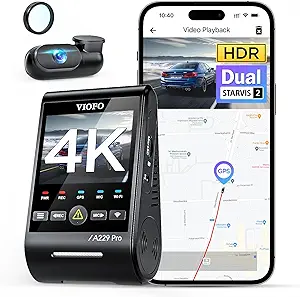 The best dash cam
The best dash cam
The Viofo A229 Pro delivers sharp 4K video both day and night, making it especially useful for reading license plates in various conditions. While no dash cam is perfect, the A229 Pro offers some of the best image clarity available.
It uses a supercapacitor for better reliability in high temperatures compared to typical lithium-ion batteries. Additional features include 24-hour parking monitoring, voice control, and a 2.4-inch screen for easy access to settings and footage. The app also provides GPS mapping and lets you trim clips before saving or sharing them.
Available in 1-, 2-, and 3-channel versions, the A229 Pro allows you to add an interior or rear camera to the 1-channel model later if needed.
Miofive S1
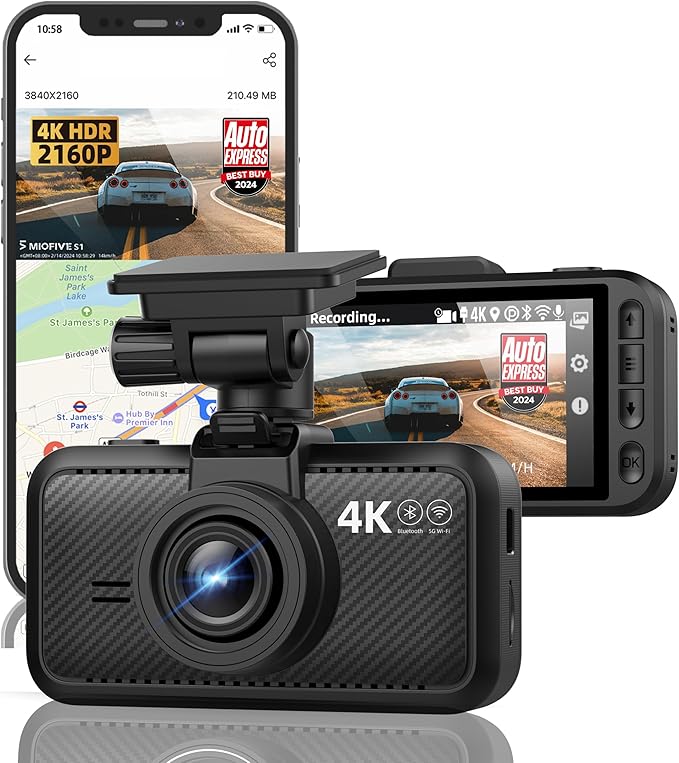 The best dash cam under $100
The best dash cam under $100
Miofive S1 Ultra
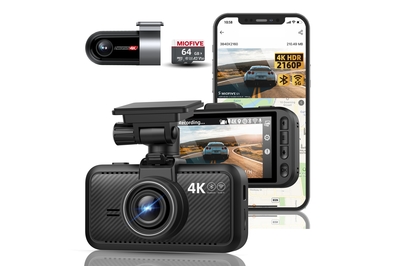 The best budget dash cam if you want a rear camera
The best budget dash cam if you want a rear camera
The Miofive S1 is a budget-friendly dash cam that offers impressive features, including 4K resolution, good low-light performance, GPS, a supercapacitor, and 24-hour parked-car monitoring. However, it lacks interior or rear cameras.
For double the price, the Miofive S1 Ultra adds a 4K rear camera. While the Viofo A229 Pro has better build quality and a sturdier mount, the S1 and S1 Ultra are excellent budget options.
How we picked and tested
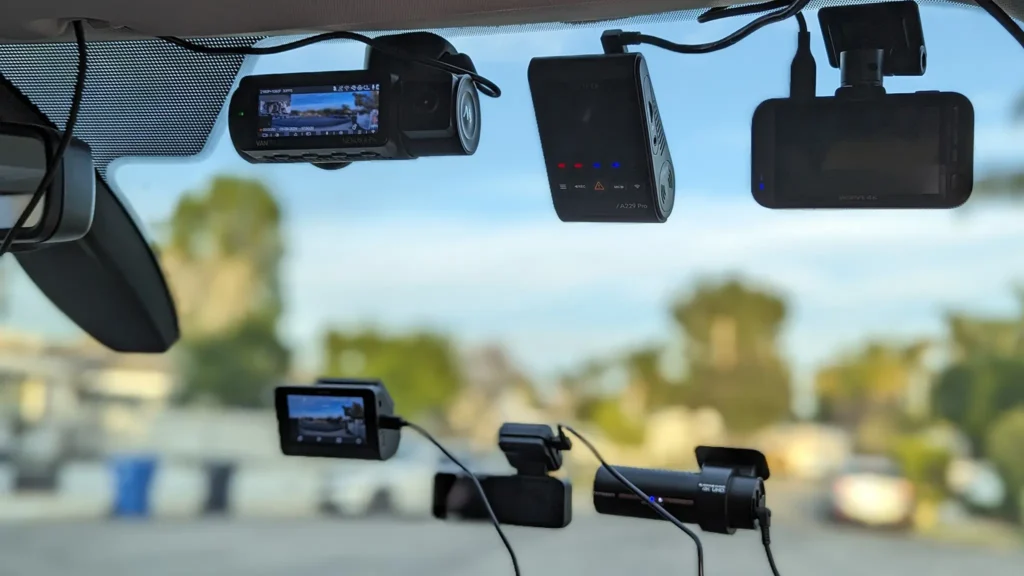
Before selecting which dash cams to test, we researched over 420 models, including 40 in our latest round, and read reviews from sites like Autoblog, CNET, and TechRadar, plus customer feedback. We also reviewed driving laws, insurance claims, and watched hours of dash-cam footage.
Our key criteria included:
- 4K resolution for clear license plate visibility.
- Night vision for good performance in low-light conditions.
- HDR to capture more detail in bright/dark areas.
- 24-hour parked-car monitoring for security when parked.
- Sufficient field of view (140-160 degrees) to capture wide scenes without distortion.
- Supercapacitor power for heat resistance.
We also preferred models with easy controls, a clear display, secure mounting, Wi-Fi, GPS, and multi-camera options. Each camera was evaluated for ease of use, build quality, and image performance in various conditions.
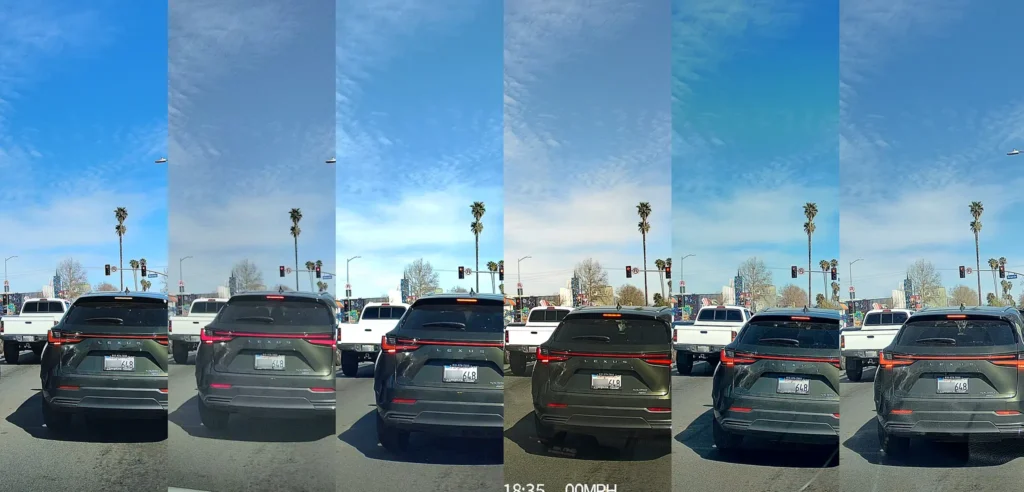
We then installed the dash cams in a car, assessing how easily the mounts attached to the windshield, how simple it was to connect and adjust the cameras, and how effortless removal was. We tested the dash cams in various conditions, including bright sunlight, dusk, and nighttime, while driving on highways and suburban streets.
To compare fairly, we ran all cameras simultaneously, though with limited distances due to the number of cameras on our large van’s windshield. For the top three finalists, we re-mounted them more discreetly and took additional short trips, as well as a long road trip from Southern California to Las Vegas and Death Valley.
We spent hours reviewing the footage on a computer, comparing details and overall image quality. We also checked audio, which was acceptable across all models, but not studio-quality.
Our pick: Viofo A229 Pro
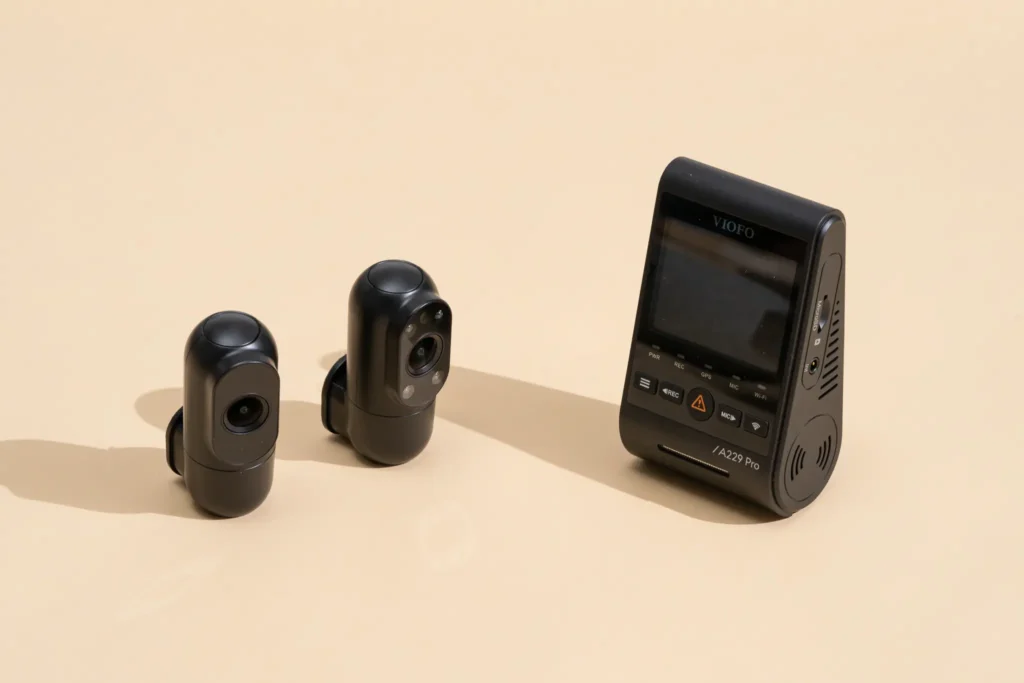
Viofo A229 Pro
 The best dash cam
The best dash cam
Miofive S1 Ultra
 The best budget dash cam if you want a rear camera
The best budget dash cam if you want a rear camera
This camera includes all the features of the S1 plus a 4K rear camera for twice the price, yet it’s still more affordable than our top pick.

